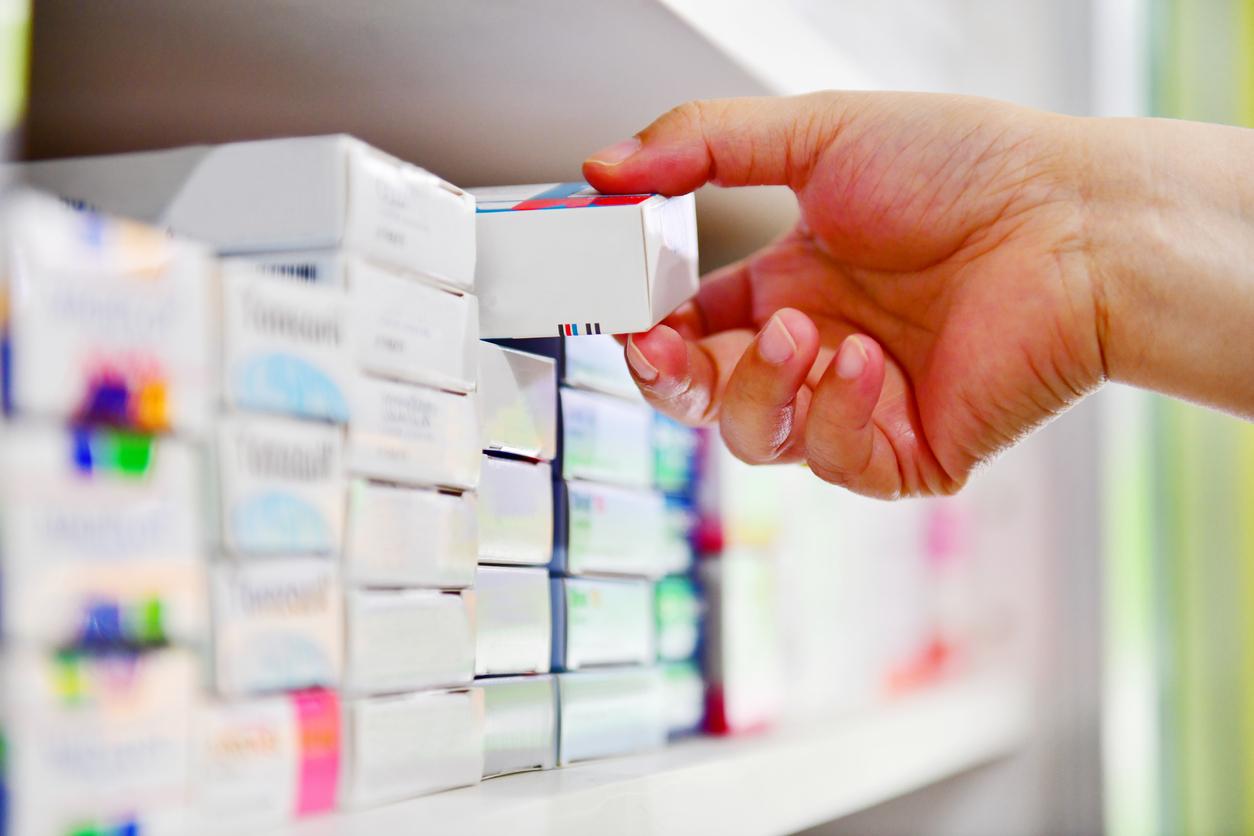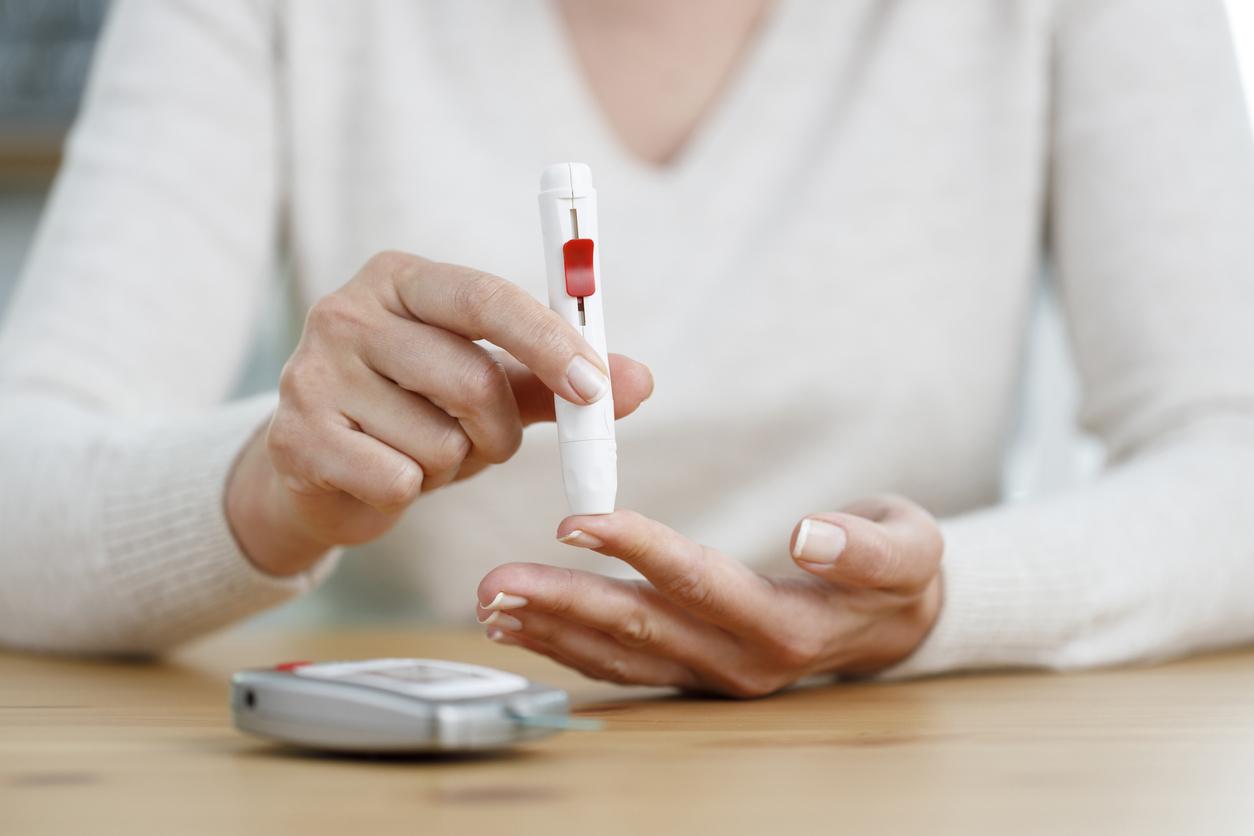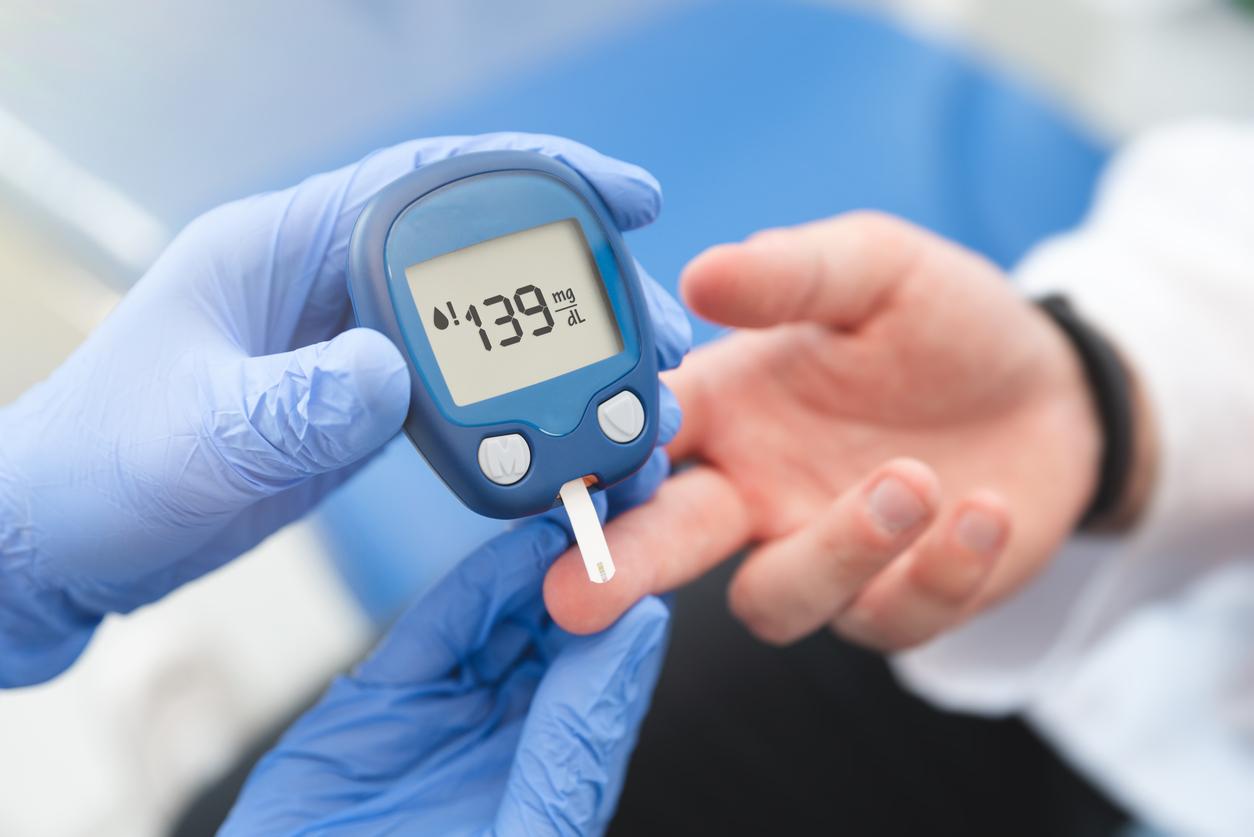To provide an alternative to painful injections, researchers have developed a capsule that can administer insulin orally. Eventually, this technique should also work for other drug proteins.

According to the International Diabetes Federation, 425 million people have diabetes worldwide. Patients with blood regulation problemsinsulin, a hormone normally naturally secreted by the pancreas (type 1 diabetics are insulin-dependent and type 2 diabetics insulin-requiring) are treated daily by injection, insulin is not ingestible orally because it would break down in the system digestive system before it could even act. But these regular and painful stings complicate their lives. In an effort to provide an alternative to these nasty injections, researchers have developed a capsule that can hold insulin or other drug proteins and protect them from harsh digestive tract conditions. When the capsule reaches the small intestine, it breaks down to reveal dissolvable micro-needles that attach to the intestinal wall and release the drug for absorption into the bloodstream, they explain in their article published October 7 in review NatureMedicine.
Earlier this year, researchers at the Massachusetts Institute of Technology (USA) made a small capsule containing a needle made of compressed insulin. When it reaches the stomach, it injects the drug into the wall. Then, since most drugs are absorbed through the small intestine due to its very large surface area (250 square meters), they decided to develop a capsule that could inject its contents into the wall of the small intestine. What’s more, since pain receptors are absent in this part of the body, this would potentially allow painless micro-injections of drugs into the intestine, the researchers explain.
To allow their capsule to reach the small intestine and perform these micro-injections, the scientists, in collaboration with the Danish pharmaceutical company Novo Nordisk, coated it with a polymer capable of surviving the acidic environment. stomach, which has a pH of 1.5 to 3.5. When the capsule reaches the small intestine, the higher pH (around 6) triggers it to open, and three folded arms inside the capsule activate. Each arm contains millimeter-long micro-needle plates that can hold insulin or other medications. When the arms open, the tiny micro-needles penetrate the upper layer of tissue in the small intestine. After insertion, the needles dissolve and release the drug.
Patients prefer oral drug administration
“We designed the arms to retain sufficient strength to deliver the micro-needles of insulin to the wall of the small intestine, while dissolving within hours to prevent obstruction of the gastrointestinal tract. -intestinal”, specify the researchers. In tests on pigs, they succeeded in administering doses of insulin in a safe, effective and immediate way thanks to capsules 30 millimeters long. What’s more, no blockage has formed in the intestine.
“We performed extensive safety testing on animal and human tissues to ensure that penetration allowed drug delivery without causing a full-thickness perforation or other serious adverse event,” says Alex Abramson, l one of the authors of the study.
“We are very pleased with the latest results from the new oral delivery device that our lab members have developed with our collaborators and hope that it will help people with diabetes and others in the future,” welcomes Robert Langer, one of the main researchers. “Much of this work is driven by the recognition that patients and health care providers prefer oral administration rather than injection,” says his colleague, Giovanni Traverso.
“We see applications for many other treatments”
Although the researchers used insulin for their study, they believe this technique could be used to deliver other protein drugs such as hormones, enzymes or antibodies, as well as RNA-based drugs. “We can deliver insulin, but we see applications for many other treatments and possibly vaccines,” Traverso says, adding, “We are working closely with our collaborators to identify next steps and applications. where we can have the most impact.”
In France, in 90% of cases, diabetics have type 2 diabetes. But if it has skyrocketed in recent years, in particular because of our increasingly sedentary lifestyle and the increase overweight and obesity as well as the aging of the population, during the annual congress of the European Association for the Study of Diabetes in September, Santé Publique France reported a slight decrease in the number of new cases of diabetes diagnosed each year in the country between 2010 and 2017. Thus, in 2017, 9.7 men over the age of 45 out of 1,000 were affected by diabetes. By way of comparison, 11 men over 45 out of 1,000 had become diabetic in 2010. This incidence rate also fell among French women over 45, from 7.6 to 6.2 over the same period. .
However, these figures should be put into perspective, because the prevalence rates, that is to say the total number of people affected by diabetes in France, are still increasing, warned Public Health France. Thus, in 2017, 3.1 million French people over the age of 45 suffered from type 2 diabetes, i.e. 12.1% of men and 8.4% of women, compared to 11.5% and 7.9 % respectively in 2010. This could be explained by the fact that people with diabetes today receive better treatment and therefore have a longer life expectancy.

.

















